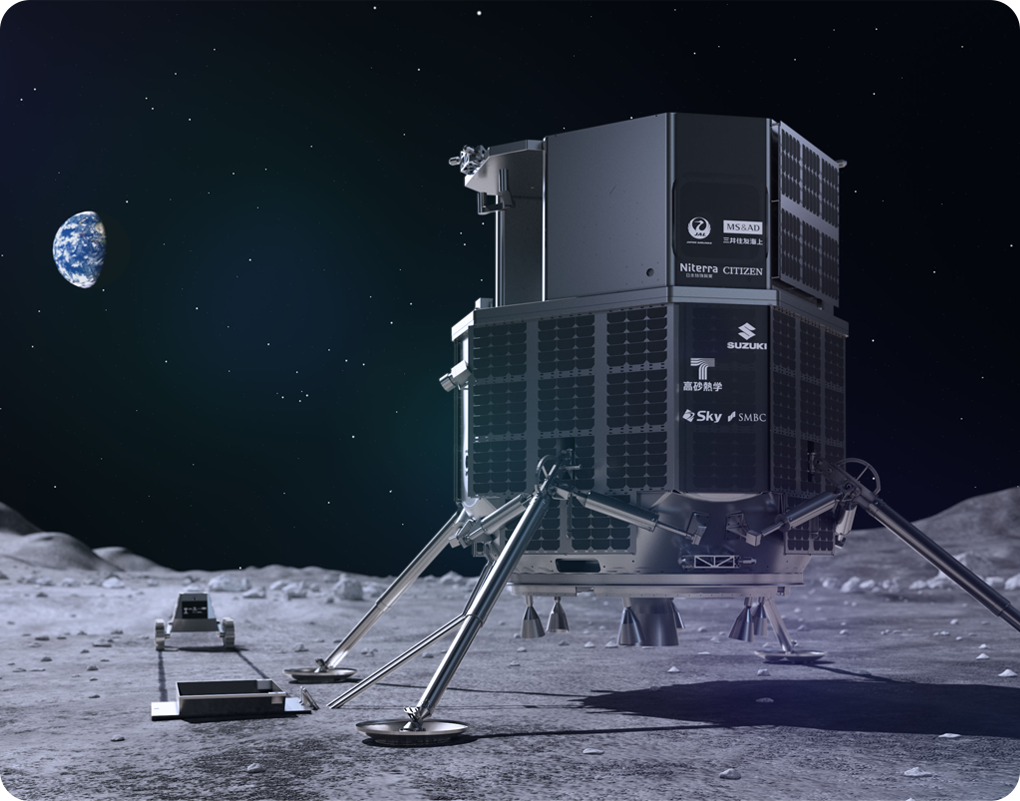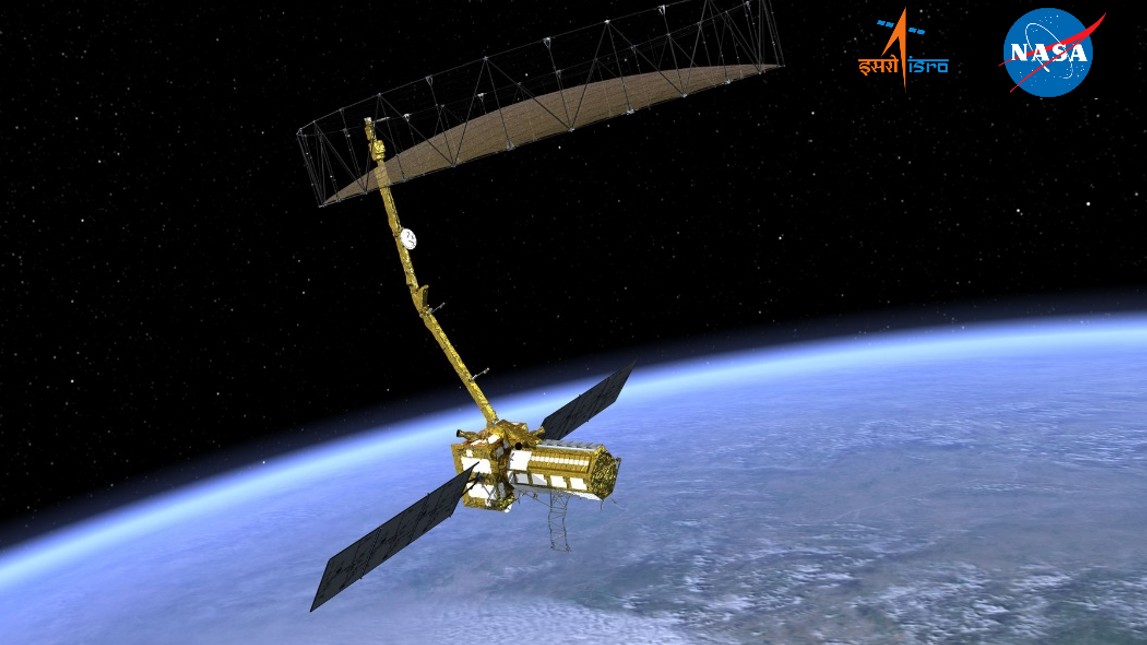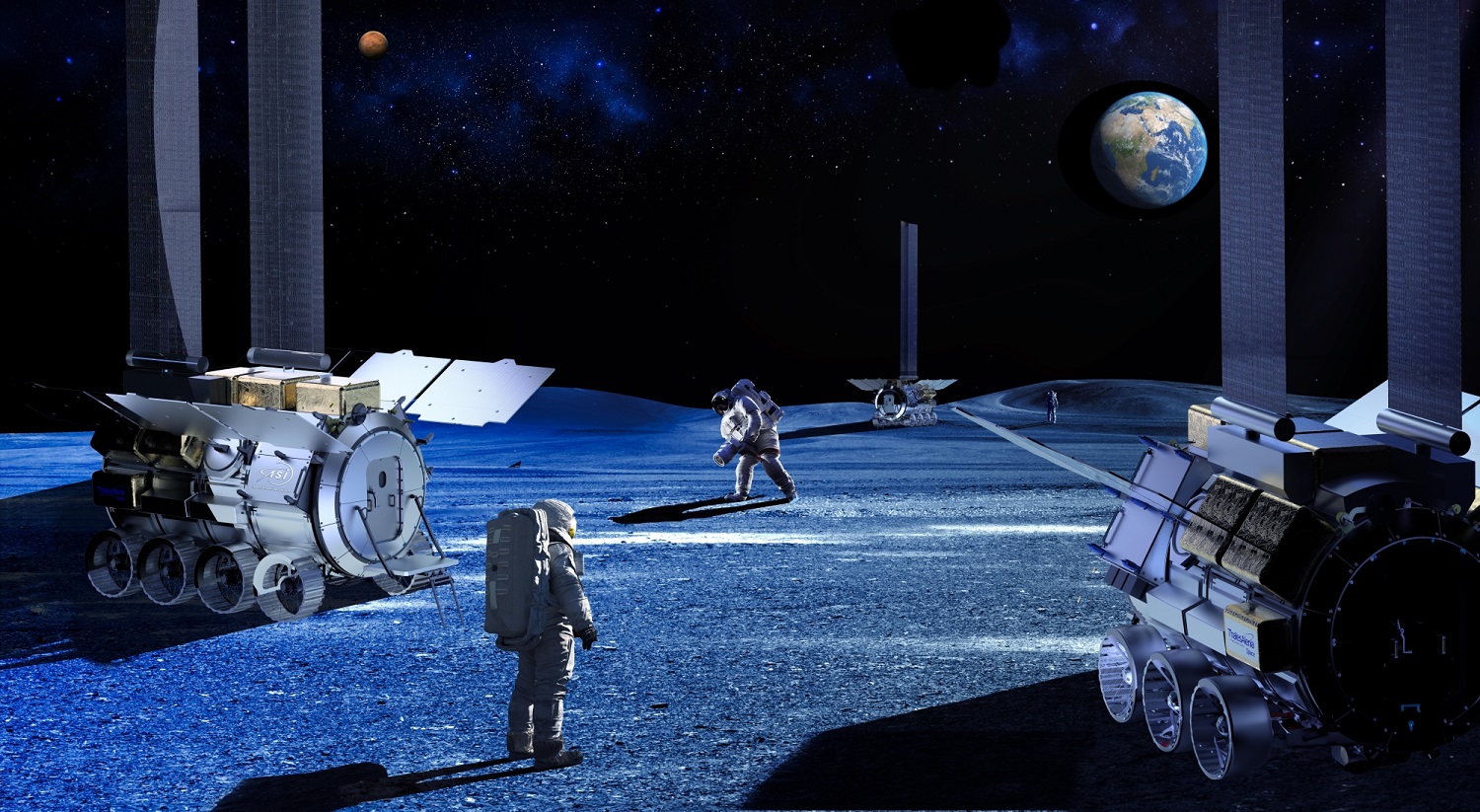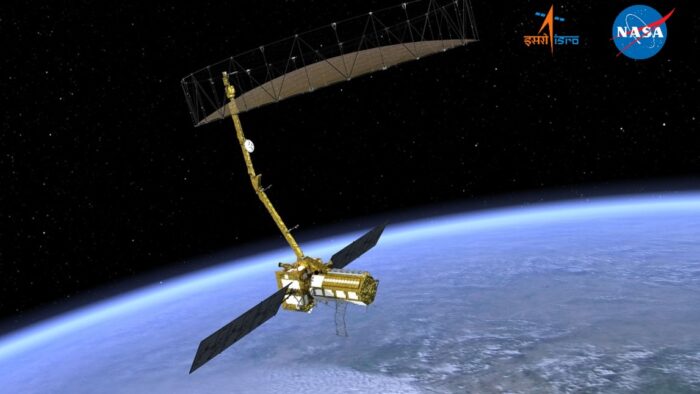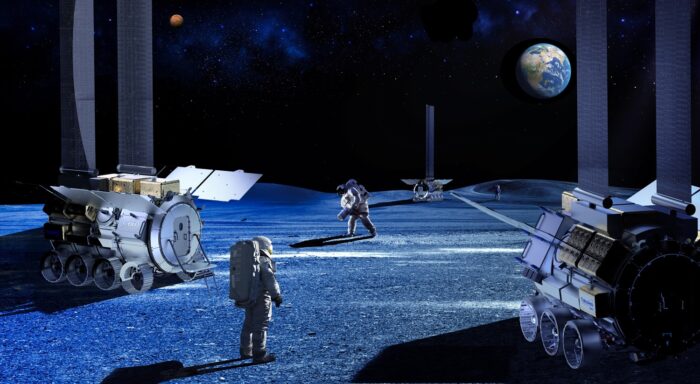Insider Brief
- ispace’s RESILIENCE lander has successfully entered lunar orbit ahead of a scheduled landing attempt on June 6, 2025, marking a key step in the company’s commercial lunar exploration program.
- Launched in January 2025 aboard a SpaceX Falcon 9, RESILIENCE traveled over 1 million kilometers using a low-energy transfer orbit and completed several propulsion and navigation milestones en route to the Moon.
- The Mission 2 SMBC x HAKUTO-R effort aims to validate ispace’s lunar transportation capabilities and follows a 2023 crash, with final orbital precision and landing readiness currently under review.
A Japanese-built lunar lander has successfully entered circular orbit around the Moon, setting the stage for a landing attempt early next month.
The RESILIENCE lander, operated by Tokyo-based ispace, executed a controlled orbital maneuver on May 28, 2025, according to the company. Final confirmation of its trajectory is still underway, but the maneuver places the spacecraft in a stable position ahead of its planned descent to the lunar surface. The precise orbit is being verified by engineers at ispace’s HAKUTO-R Mission Control Center in Tokyo, with the possibility of further adjustments depending on mission needs.
RESILIENCE was launched aboard a SpaceX Falcon 9 rocket in January 2025 and has since traveled more than a million kilometers from Earth on a low-energy transfer orbit. The spacecraft performed a lunar flyby and a series of deep-space maneuvers to return to the Moon, the company said in its latest update. These steps tested its propulsion, guidance, and navigation systems, confirming the spacecraft’s operational integrity across varying mission phases, according to data released by ispace.

The ongoing mission, formally known as Mission 2 SMBC x HAKUTO-R, is part of a broader effort by ispace to establish a commercial lunar transportation infrastructure.
This current mission has already passed several milestones, including successful deployment from the launch vehicle, completion of Earth orbit, a verified lunar flyby, and completion of its long-duration transfer route, according to ispace. The lunar orbital insertion now positions the spacecraft for its landing sequence.
A live broadcast of the landing attempt is scheduled for June 6, 2025 (JST), with international viewers able to access the stream with English translation.
While a final determination on orbital precision is still pending, ispace officials say the mission has performed to expectations thus far. Future updates are expected to confirm readiness for descent, concluding what has been a deliberate and methodical approach to reaching the lunar surface.
Greg Bock
Greg Bock is an award-winning investigative journalist with more than 25 years of experience in print, digital, and broadcast news. His reporting has spanned crime, politics, business and technology, earning multiple Keystone Awards and a Pennsylvania Association of Broadcasters honors. Through the Associated Press and Nexstar Media Group, his coverage has reached audiences across the United States.
Share this article:

